Copy number variation
Recent articles
Partner selection may amplify rare variants in children
Nonrandom mating — the propensity for people to partner with others who share their traits — can increase the likelihood of autism or other conditions across generations.
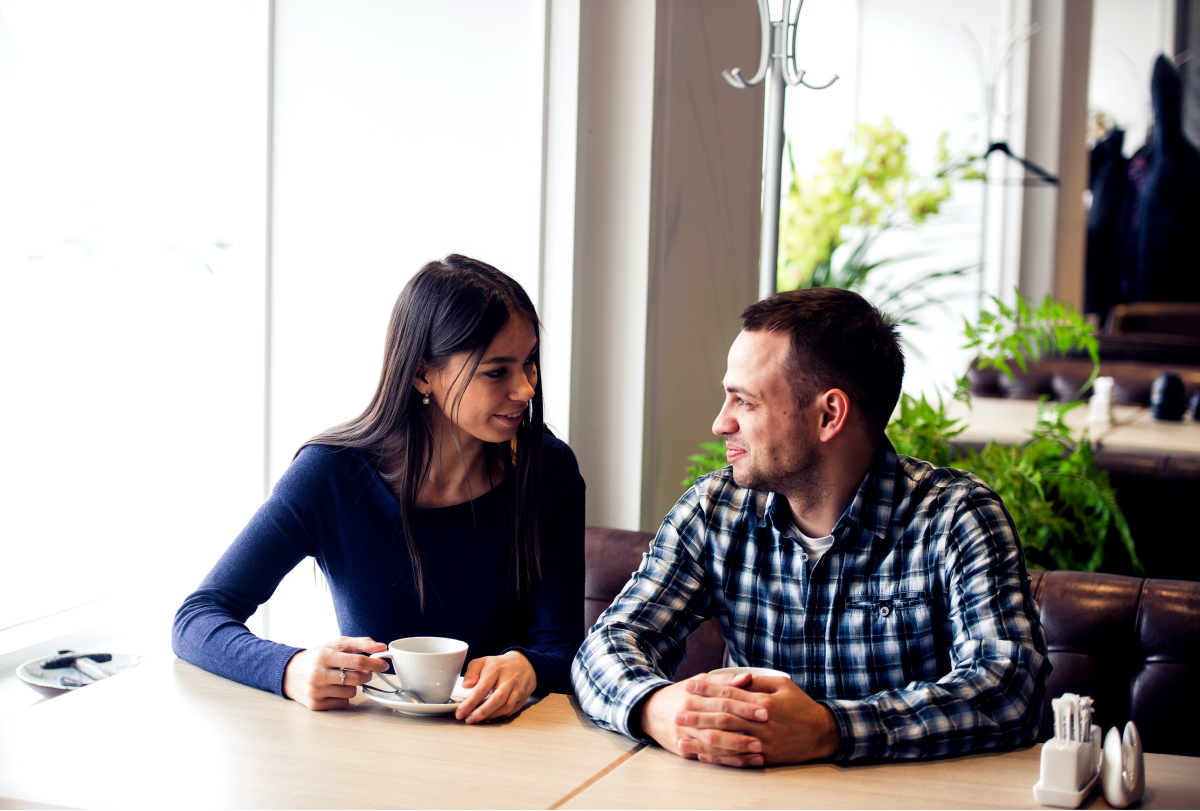
Partner selection may amplify rare variants in children
Nonrandom mating — the propensity for people to partner with others who share their traits — can increase the likelihood of autism or other conditions across generations.
Mitochondria mediate effects of PTEN mutations
Whole-genome sequencing data — which include information about mitochondrial DNA — offer clues to why mutations in the same gene can lead to autism or cancer.
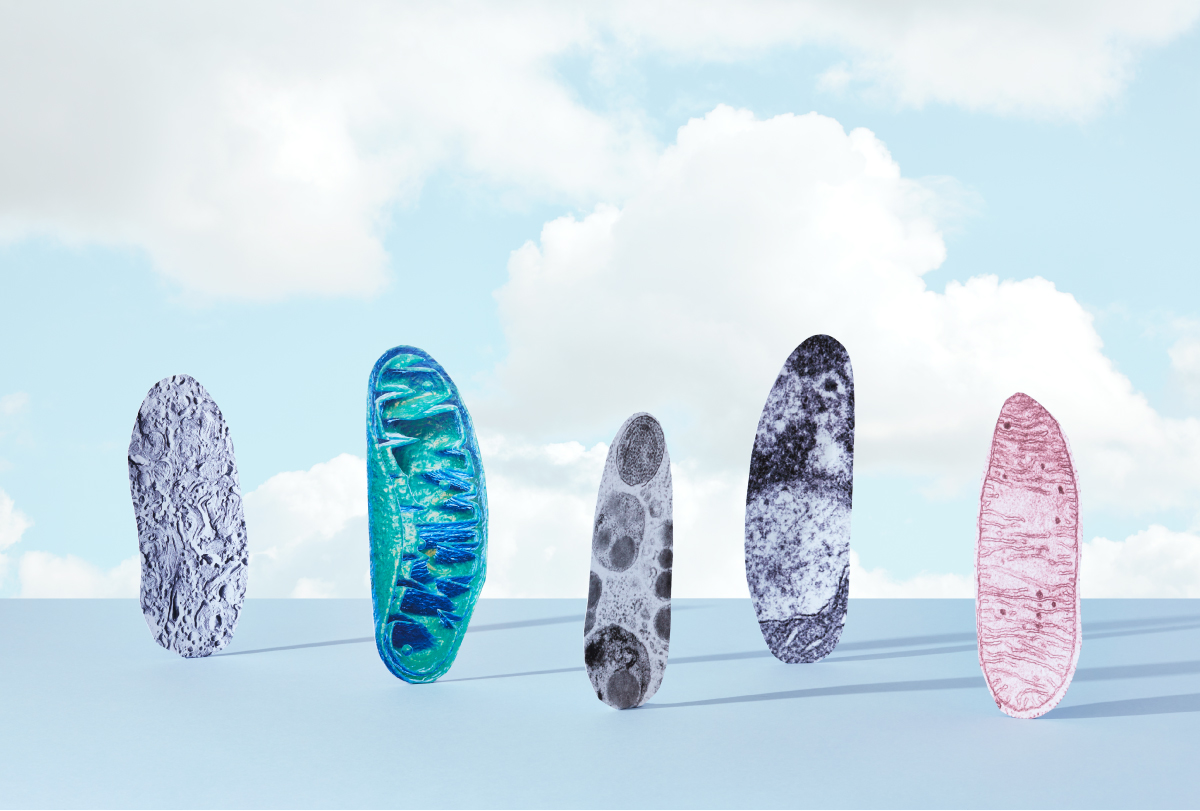
Mitochondria mediate effects of PTEN mutations
Whole-genome sequencing data — which include information about mitochondrial DNA — offer clues to why mutations in the same gene can lead to autism or cancer.
Brain signatures of rare variants hint at cardiovascular risk
People whose brains look like those of people who carry autism-linked copy number variants also share markers of heart health.
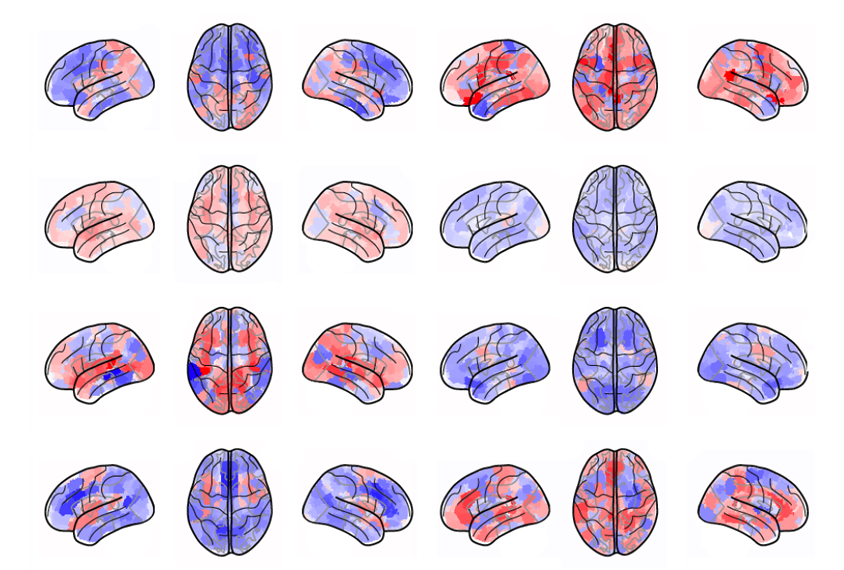
Brain signatures of rare variants hint at cardiovascular risk
People whose brains look like those of people who carry autism-linked copy number variants also share markers of heart health.
Common and rare autism-linked variants share functional effects
Within the 16p region of the genome, the two types of variants similarly decrease neuronal gene expression — an effect that may reflect their spatial relationship.
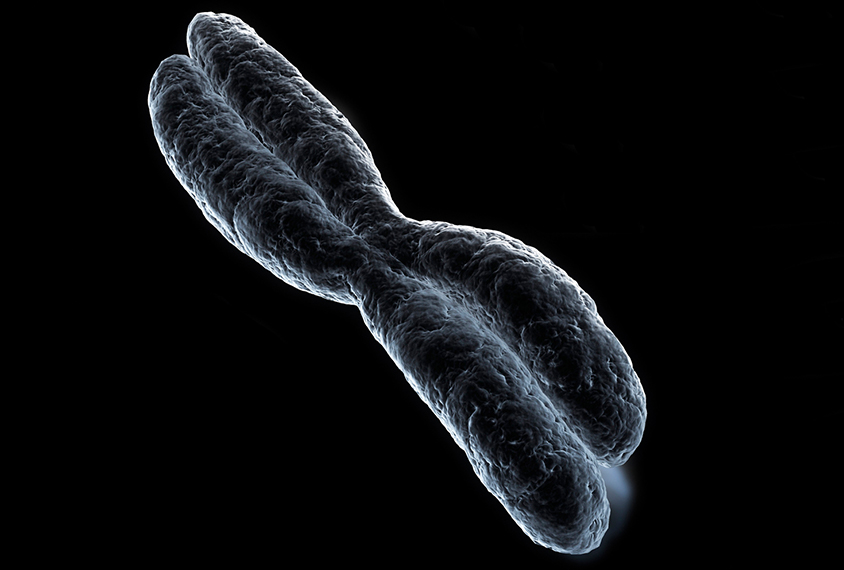
Common and rare autism-linked variants share functional effects
Within the 16p region of the genome, the two types of variants similarly decrease neuronal gene expression — an effect that may reflect their spatial relationship.
Autistic people at increased genetic risk of sleep problems
Compared with their unaffected siblings and unrelated controls, children with autism harbor more copy number variants in genes that govern the circadian cycle or are associated with insomnia.
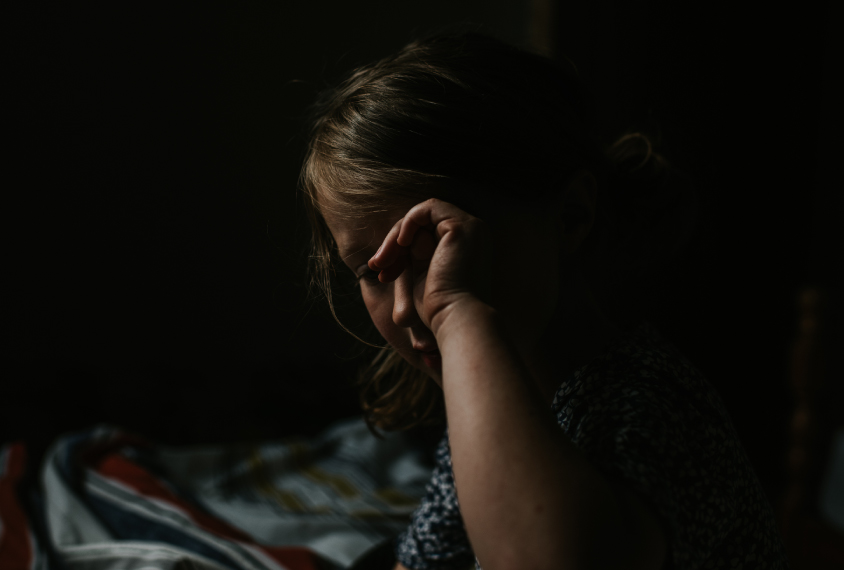
Autistic people at increased genetic risk of sleep problems
Compared with their unaffected siblings and unrelated controls, children with autism harbor more copy number variants in genes that govern the circadian cycle or are associated with insomnia.
Autism’s genetic heterogeneity evident in brain connectivity patterns
The results highlight the importance of subgrouping study participants based on their underlying genetics, the researchers say.
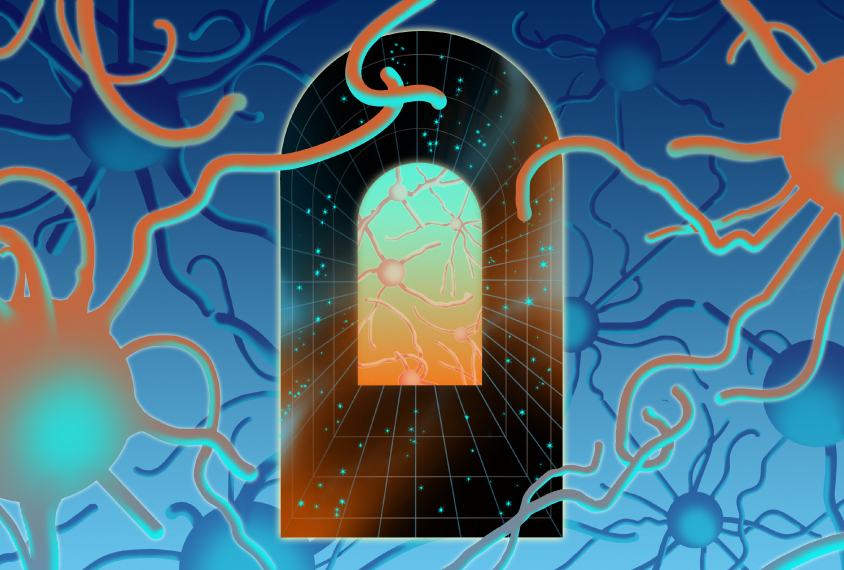
Autism’s genetic heterogeneity evident in brain connectivity patterns
The results highlight the importance of subgrouping study participants based on their underlying genetics, the researchers say.
‘Dosage sensitivity map’ predicts active ingredients in copy number variants
The catalog of rare copy number variants tied to autism and other conditions could help researchers identify which genes account for the mutations’ effects.
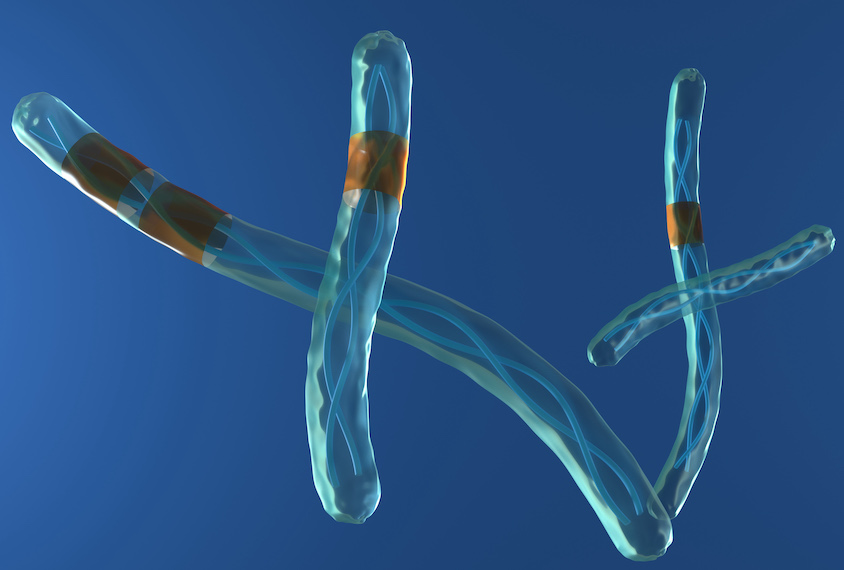
‘Dosage sensitivity map’ predicts active ingredients in copy number variants
The catalog of rare copy number variants tied to autism and other conditions could help researchers identify which genes account for the mutations’ effects.
Chromosome 22 mutations leave telltale marks on brain development in autistic people
Many brain regions develop differently between people with 22q11.2 duplications and deletions, and those trajectories also vary with a person’s diagnosis.
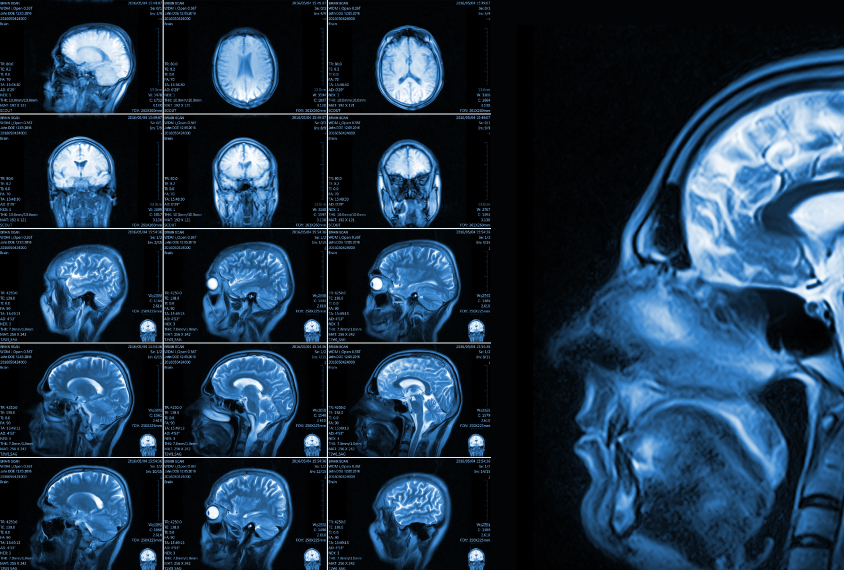
Chromosome 22 mutations leave telltale marks on brain development in autistic people
Many brain regions develop differently between people with 22q11.2 duplications and deletions, and those trajectories also vary with a person’s diagnosis.
Lumping versus splitting with autism-linked variants: A conversation with Vanessa Vogel-Farley and Yssa DeWoody
Researchers have long studied subgroups of people who share genetic variants, but the newly formed ‘CNV Commission’ is also looking at people with shared traits across different neurodevelopmental conditions.
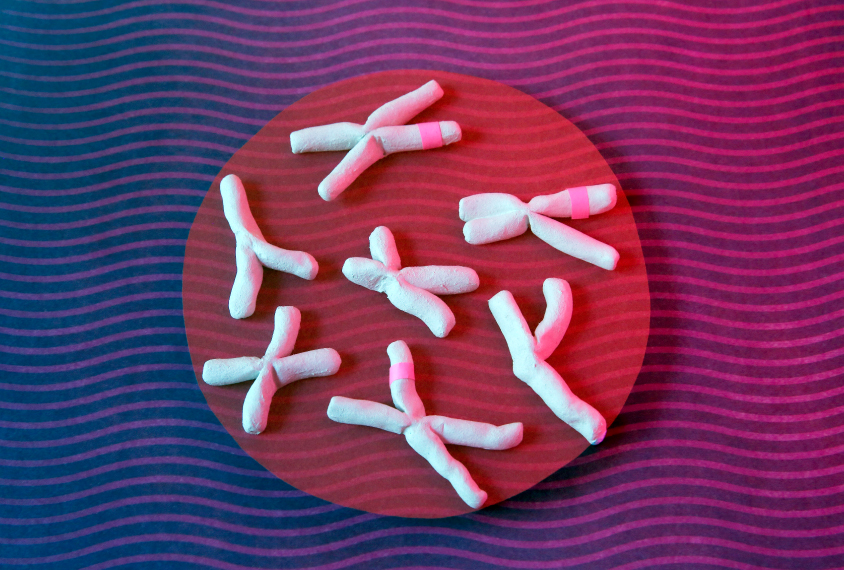
Lumping versus splitting with autism-linked variants: A conversation with Vanessa Vogel-Farley and Yssa DeWoody
Researchers have long studied subgroups of people who share genetic variants, but the newly formed ‘CNV Commission’ is also looking at people with shared traits across different neurodevelopmental conditions.
Scans of sundry variant types uncover autism-linked genes
Troves of sequencing data reveal genes tied to autism through different variant types, providing a more complete picture of the condition’s genetic roots and new clues to its heterogeneity.
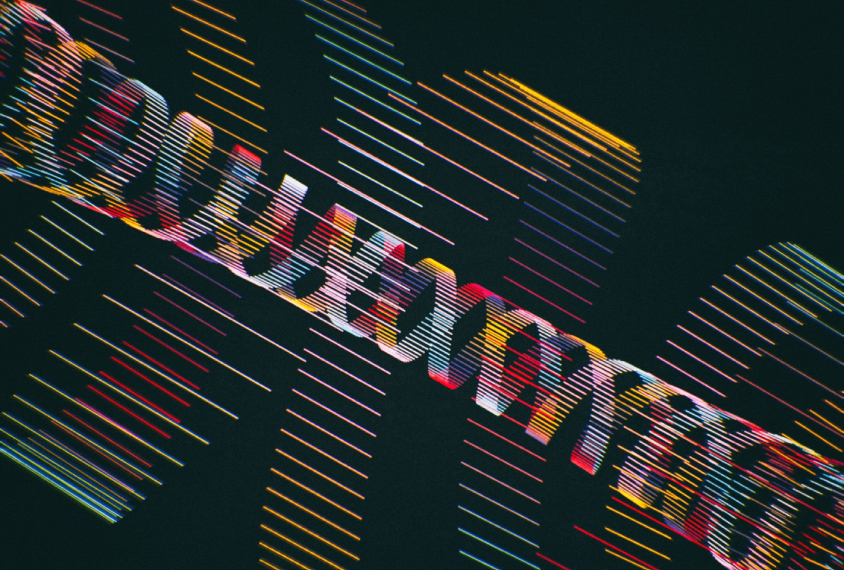
Scans of sundry variant types uncover autism-linked genes
Troves of sequencing data reveal genes tied to autism through different variant types, providing a more complete picture of the condition’s genetic roots and new clues to its heterogeneity.
Explore more from The Transmitter
New tissue-clearing techniques let microscopes peer deeper into living brains
Washing mouse brain tissue with a blood protein or complex sugar can illuminate cells 550 micrometers into the cortex without compromising its normal physiology.
New tissue-clearing techniques let microscopes peer deeper into living brains
Washing mouse brain tissue with a blood protein or complex sugar can illuminate cells 550 micrometers into the cortex without compromising its normal physiology.
New catalog charts familial ties from autism to 90 other conditions
The research tool reveals associations stretching across three generations.
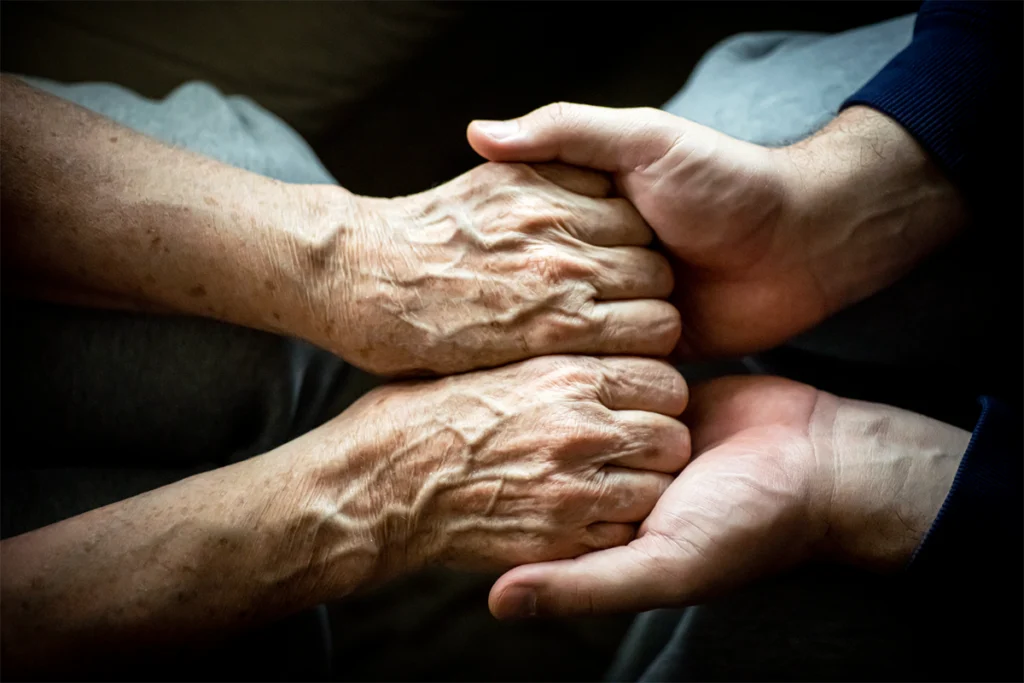
New catalog charts familial ties from autism to 90 other conditions
The research tool reveals associations stretching across three generations.
This paper changed my life: ‘Spontaneous cortical activity reveals hallmarks of an optimal internal model of the environment,’ from the Fiser Lab
Fiser’s work taught me how to think about grounding computational models in biologically plausible implementations.

This paper changed my life: ‘Spontaneous cortical activity reveals hallmarks of an optimal internal model of the environment,’ from the Fiser Lab
Fiser’s work taught me how to think about grounding computational models in biologically plausible implementations.